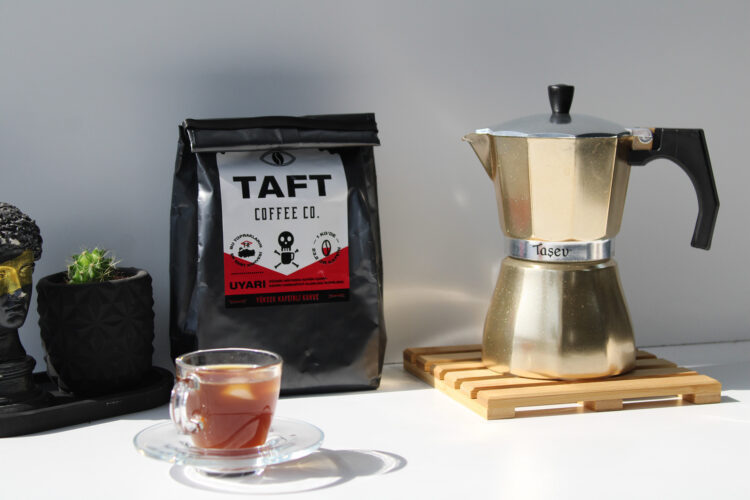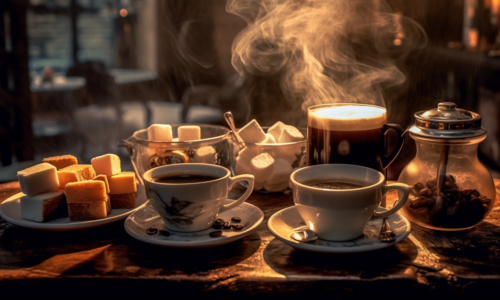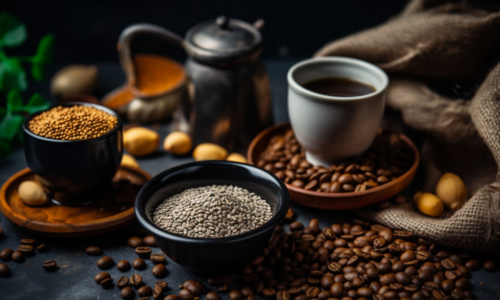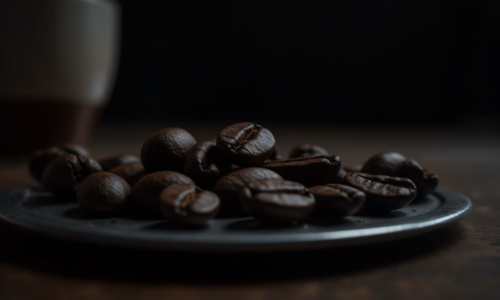Welcome to the world of coffee making! If you’re a beginner looking to explore the art of crafting a perfect cup of coffee at home, you’ve come to the right place. In this guide, we’ll discuss essential tools and popular brewing techniques to help you get started on your coffee journey.
Essential Tools for Coffee Making
To make great coffee at home, you’ll need a few essential tools:
Coffee Grinder
Invest in a quality coffee grinder to ensure uniform grounds, which will result in better extraction and flavor. Burr grinders are ideal for consistent grind sizes.
Coffee Maker
Choose a coffee maker that suits your preferences and needs, whether it’s a French press, pour over, Aeropress, or espresso machine.
Coffee Scale
A coffee scale ensures accurate measurements of coffee grounds and water, helping you achieve the right coffee-to-water ratio for a perfect brew.
Coffee Kettle
A gooseneck kettle allows precise pouring control, which is essential for pour-over brewing methods.
Coffee Filter
Opt for quality coffee filters to prevent unwanted sediment in your cup and enhance the coffee’s flavor.
Popular Brewing Techniques
Explore different brewing techniques to find the one that best suits your taste:
French Press
The French press is a classic, user-friendly method that produces a rich, full-bodied coffee. To use, add coarsely ground coffee to the press, pour hot water, let steep, and plunge.
Pour Over
Pour-over brewing highlights the coffee’s nuanced flavors. Place a filter with medium-fine grounds in a dripper, pour hot water in a circular motion, and let the coffee drip through.
Aeropress
The Aeropress delivers a smooth, clean cup of coffee. Combine finely ground coffee with hot water in the Aeropress chamber, stir, attach the filter, and press the plunger.
Espresso
Espresso machines produce a concentrated, bold coffee. Finely grind your beans, pack the portafilter, attach it to the machine, and start the extraction process.
Tips for Perfect Coffee at Home
Improve your coffee-making skills with these essential tips:
Freshly grind your beans
Grinding your beans right before brewing will ensure maximum freshness and flavor.
Use the right water temperature
Aim for a water temperature between 195-205°F (90-96°C
Experiment with brewing times
Adjust your brewing times according to your taste preferences. A shorter brew time can result in a lighter, more delicate flavor, while a longer brew time can produce a stronger, bolder taste.
Keep your equipment clean
Regularly clean your coffee equipment to maintain optimal performance and prevent off-flavors caused by residue buildup.
With the right tools, techniques, and some practice, you’ll be well on your way to making delicious coffee at home. Experiment with different brewing methods and fine-tune your process to find the perfect cup that suits your taste. Happy brewing!
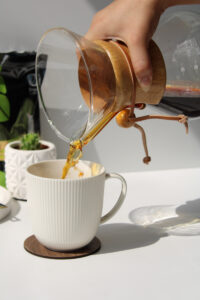
Choosing the Right Coffee Beans
Selecting the right coffee beans is crucial for creating an enjoyable cup of coffee. Consider these factors when making your choice:
Origin Coffee beans
Coffee beans from different regions have distinct flavor profiles. For example, African beans typically have fruity and floral notes, while Latin American beans offer a balanced, nutty taste. Experiment with beans from various origins to find your favorite.
Roast Level Coffee beans
The roast level of coffee beans impacts their flavor and body. Light roasts are more acidic and fruity, while dark roasts have a bolder, more robust flavor. Medium roasts offer a balance between the two.
Freshness Coffee beans
To ensure optimal flavor, purchase freshly roasted beans from local roasters or reputable online retailers. Look for roast dates on the packaging and aim to use the beans within two to four weeks of the roast date.
Storing Your Coffee Beans
Proper storage helps maintain the quality and freshness of your coffee beans:
Keep them in an airtight container
Exposure to air can cause coffee beans to become stale quickly. Store them in an airtight container to preserve their freshness.
Avoid direct sunlight
Sunlight can degrade the quality of your coffee beans. Store them in a cool, dark place away from direct sunlight.
Don’t refrigerate or freeze your beans
Temperature fluctuations can negatively affect your coffee beans. Instead, store them at room temperature.
Experimenting with Coffee Recipes
As you become more comfortable with coffee making, try experimenting with various recipes and flavors:
Iced coffee
Brew a strong cup of coffee and pour it over ice for a refreshing iced coffee. Add milk or sweeteners to your taste.
Cold brew
Steep coarse coffee grounds in cold water for 12-24 hours, then strain to create a smooth, low-acidity cold brew concentrate. Dilute with water or milk to your preference.
Lattes and cappuccinos
If you have an espresso machine with a steam wand, practice frothing milk to create creamy lattes and frothy cappuccinos.
Coffee cocktails
Experiment with coffee-based cocktails like espresso martinis or Irish coffee for a delightful twist on your regular cup.
With patience and practice, you’ll soon be a skilled home barista, capable of crafting the perfect cup of coffee tailored to your tastes. Enjoy the journey and the countless delicious cups of coffee that lie ahead.
Understanding Coffee Tasting Notes
Developing your coffee palate will help you appreciate the complex flavors and aromas in your cup:
Acidity
Acidity refers to the bright, tangy sensation in coffee, often experienced on the sides of the tongue. High-acidity coffees can have fruity, wine-like characteristics, while low-acidity coffees may taste more mellow and smooth.
Body
Body describes the mouthfeel or texture of coffee. A full-bodied coffee has a rich, heavy texture, while a light-bodied coffee feels more delicate on the palate.
Aroma
The aroma of coffee is a key component of its flavor profile. Pay attention to the scent of the beans, the brewing process, and the final cup. Common coffee aromas include floral, fruity, and nutty notes.
Flavor
Flavor refers to the specific taste characteristics of the coffee. Practice identifying different flavors in your cup, such as chocolate, caramel, or citrus.
Pairing Coffee with Food
Enhance your coffee experience by pairing it with complementary foods:
Sweet treats
Pastries, cakes, and cookies are classic coffee companions. Choose treats that balance or contrast the flavors in your coffee.
Savory bites
Savory dishes like quiches, sandwiches, or cheese plates can also pair well with coffee. Experiment with different flavor combinations to find your perfect match.
Breakfast dishes
Coffee is a natural partner for breakfast foods like oatmeal, yogurt, and granola. Try pairing your morning cup with a variety of breakfast options to elevate your morning routine.
